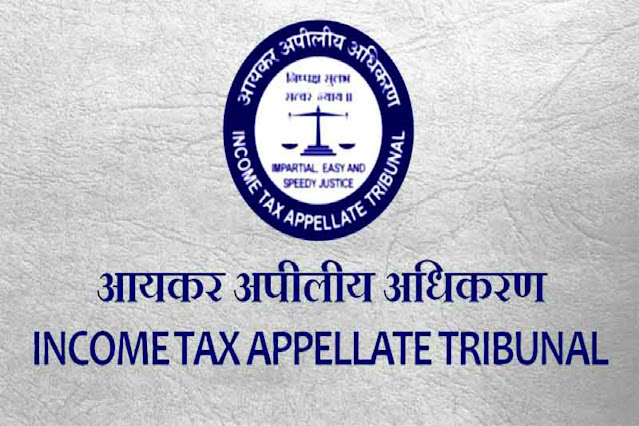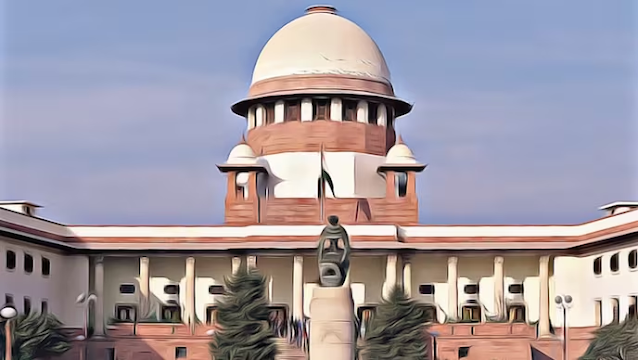P.K. Tripathy, J.@mdashHeard further argument, hearing is concluded and the Judgment is as follows.
2. Plaintiff in Title Suit No. 40 of 1977 of the Court of Sub-ordinate Judge, Jajpur is the Appellant. He filed the suit for partition of plaint schedule-A property and delivery of possession of his share to him. Defendants were described as the original owners or purchasers of the properties from the original owner. Plaintiff lays his claim as against some of the purchasers.
3. Though the pleadings of the parties was not supported with a genealogy of the family whose property was prayed to be partitioned, but in course of submission Learned Counsel for the Appellant submitted that a genealogy in the following manner is apparent from the pleadings noted in the impugned Judgment. Late Gayadhar Late Laxmidhar Late Bhagaban
Late Laxmidhar
Durga (widow)
Late Gokhei Late Sukadev Late Aparti Late Banshi''LateBairagi
Late Duti (wife)
Duryodhan
Ghana Kangali
(D-7) (D-6) (D-3)
Bani Jani
Plaintiffs'' case is that above-described Gayadhar, Laxmidhar and Bhagaban are the ancesters of Defendant Nos. 3, 6, 7 and other non-impleaded heirs, viz. Bani and Jani from Gayadhar''s branch, Durga or her heirs from Laxmidhar''s branch and Bairagi''s widow Duti or their heirs from Bhagaban''s branch.
4. According to the case of the Plaintiff, he claims right over a part of Schedule-A property on the basis of sale transactions either with the descendants of the aforesaid three persons or from their purchasers. Therefore, Plaintiff constituted it to be a suit for partition not under the common law of the parties but u/s 4 of the Partition Act. It may be noted here that the aforesaid is the inference of the Court because of deficiency in the pleading in that respect. Defendant No. 1 filed written statement inter alia with the claim of prior partition amongst the co-sharers. Defendant Nos. 5 and 6 each filed separate written statement contesting to the claim of the Plaintiff.
5. After summing up the pleadings, the Trial Court framed the following Issues.
Issues
1. Is the suit maintainable as laid?
2. Was there any previous partition of the suit properties on 14.11.50 as alleged by the Defendants?
3. Is the Plaintiff estopped to say that the suit properties have not been partitioned?
4. Is plot No. 260 measures an area of Ac. 0.06, 500 Sqr. Links instead of Ac. 0.08 dec. as recorded in C.S. Khatian?
5. What is the share of the Plaintiff in the suit properties?
6. To what relief, if any, is the Plaintiff entitled?
6. Plaintiff examined himself as P.W. 1 and tendered evidence of two more witnesses in support of the sale transaction and relied on the sale deeds, Exts.1 to 6. Defendant No. 1 examined himself as D.W. 2 and Defendant No. 6 examined himself as D.W. 1. Defendant No. 1 relied on three registered sale deeds marked Exts. A/2, B/2 and C/2. Similarly, Defendant No. 6 relied on two registered sale deeds marked Exts. A/1 and B/1. An unstamped deed of agreement between Defendant No. 1 and Defendant No. 6 was marked ''X'' for identification.
7. On assessment of the evidence on record, Trial Court held that notwithstanding the previous allotment sheet evidencing petition, Plaintiff cannot be estopped to claim for further partition of the suit plots. He decided issue Nos. 4 and 5 jointly and held that Defendant No. 6 is not entitled to claim for preemption under '' Section 4 of the Partition Act. In deciding issue Nos. 1 and 6 jointly, the Trial Court field that the suit was maintaihable and the Plaintiff is entitled to carve out 19 depimals 8 links (kadi) of land in plot No. 265, 2/5th kadi in plot No. 225 (or 255), 6 dec. 2/3rd kadis in plot No. 261/385 and 6 kadis in plot No. 260 for a complete partition to be effected by the Civil Court Commissioner by metes and bounds.
8. bare perusal of the plaint, different assertions made on the sale transactions and the registered sale deeds exhibited on behalf of the Plaintiff is clear enough to indicate that proper nexus has not been established between the pleadings and the proof. Apart from that, issues were not properly identified and framed, no categorical findings have been recorded by the Trial Court on the issues framed and, above all, when the pleadings and the evidence are confusing, no attempt was made to catalogue the sale transactions by the co-sharers, particulars of areas transferred under one or more transactions and what are the corresponding documentary and/or oral evidence in such respect. Therefore, on reading the entire evidence and on hearing repeated arguments, the factual aspect of sale transactions still remains confusing and ambiguous. It is found that issues should be reconstituted in the following manner:
Issues
1. Whether there was a previous partition in the joint family of Gayadhar, Laxmidhar and Bhagaban or their descendants and, if so, what property fell to the share of each of the co-sharers?
2. In the event of such a partition as in issue No. 1, whether Plaintiffs suit for partition is maintainable?
3. What is the effect of the decree passed in Title Suit No. 11 of 1978?
4. Is Defendant No. 6 entitled to claim for pre-emption u/s 4 of the Partition Act (for that purpose the family genealogy be ascertained)?
5. Is there any difference in the extent of land and area recorded in C.S. Khatian with respect to plot No. 260 and, if so, what is the consequence to follow?
6. Is the suit maintainable as laid? and
7. What relief, if any, Plaintiff is entitled to?
9. Therefore, by invoking the provision under Order 41, Rule 25, C.P.C. this Court remand the suit to the Court below to record specific finding on each of the issues by pin-pointedly answering the issues. In that process the Court is to find out what is the correct genealogy, who are the heirs whose participation in the pleadings is needed as necessary parties and whether the contention of the Plaintiff or the Defendants in any respect is beyond the pleadings and what course should be followed in that respect besides effect of the ratio in the cases of
10. Accordingly, while keeping the appeal pending in this Court, the case is remanded to the Court below under Order 41, Rule 25, C.P.C.

